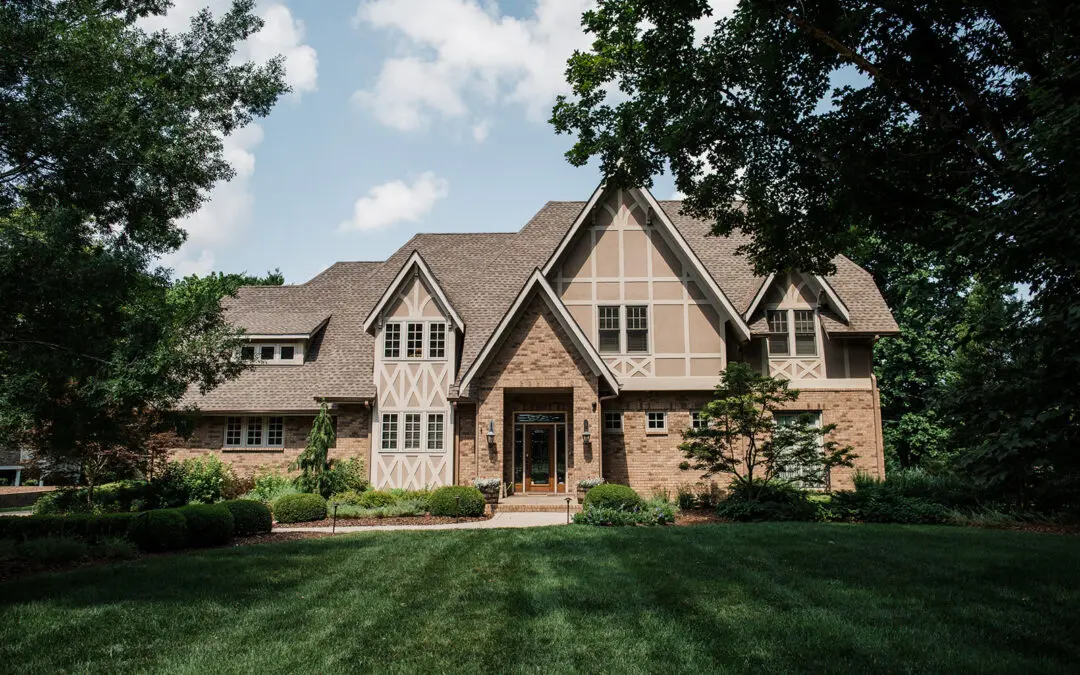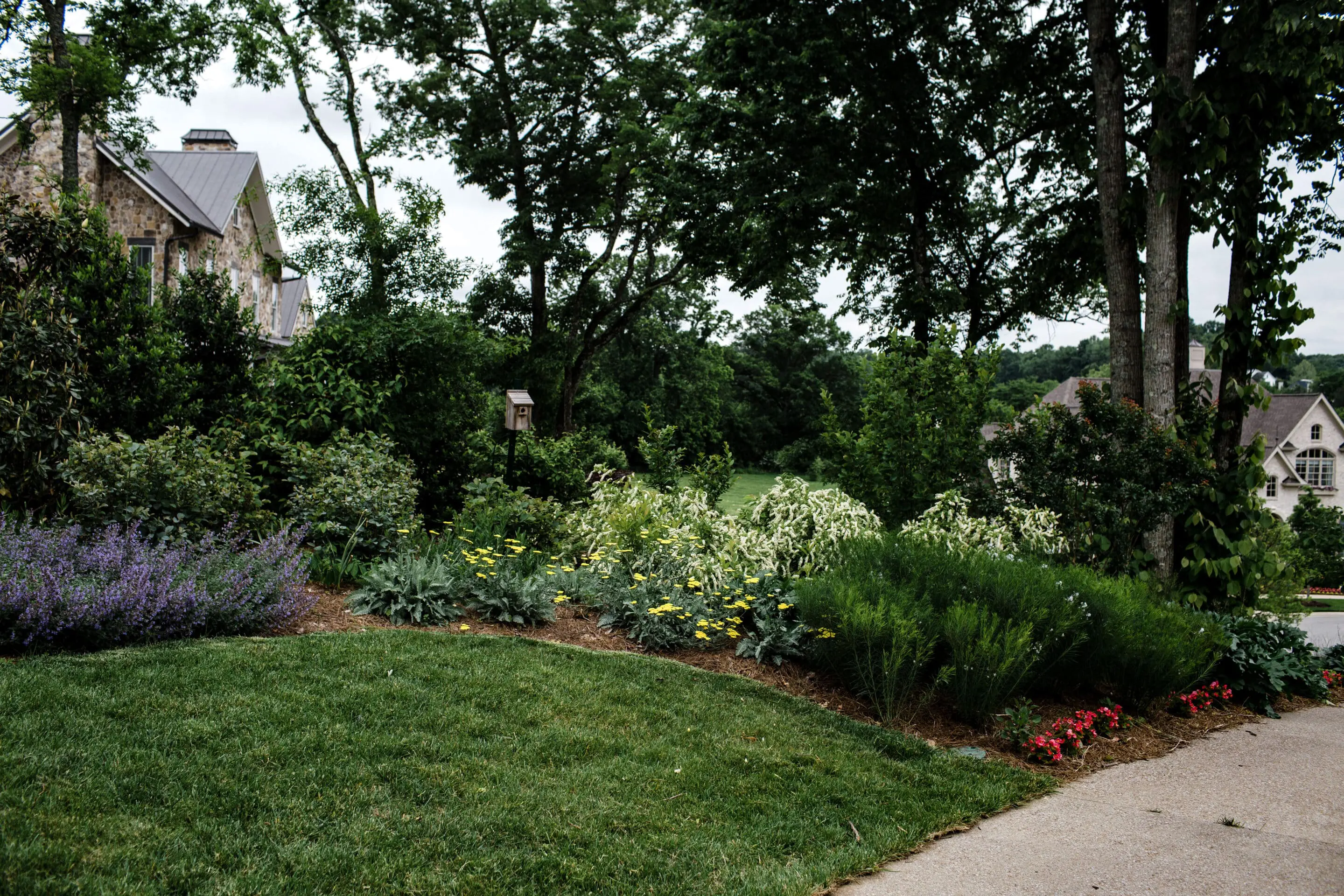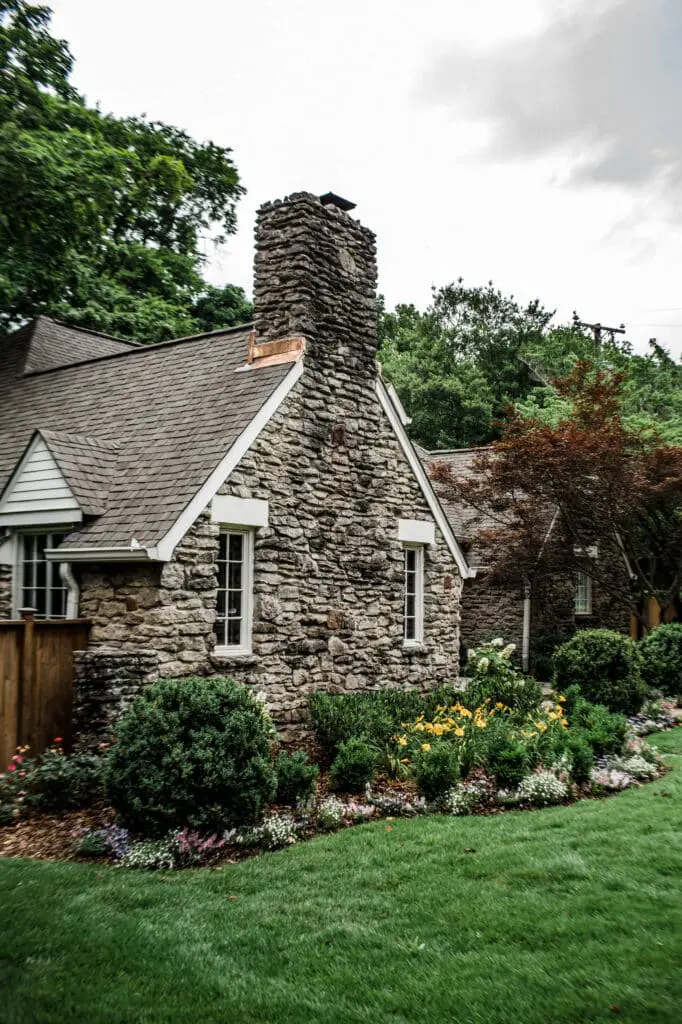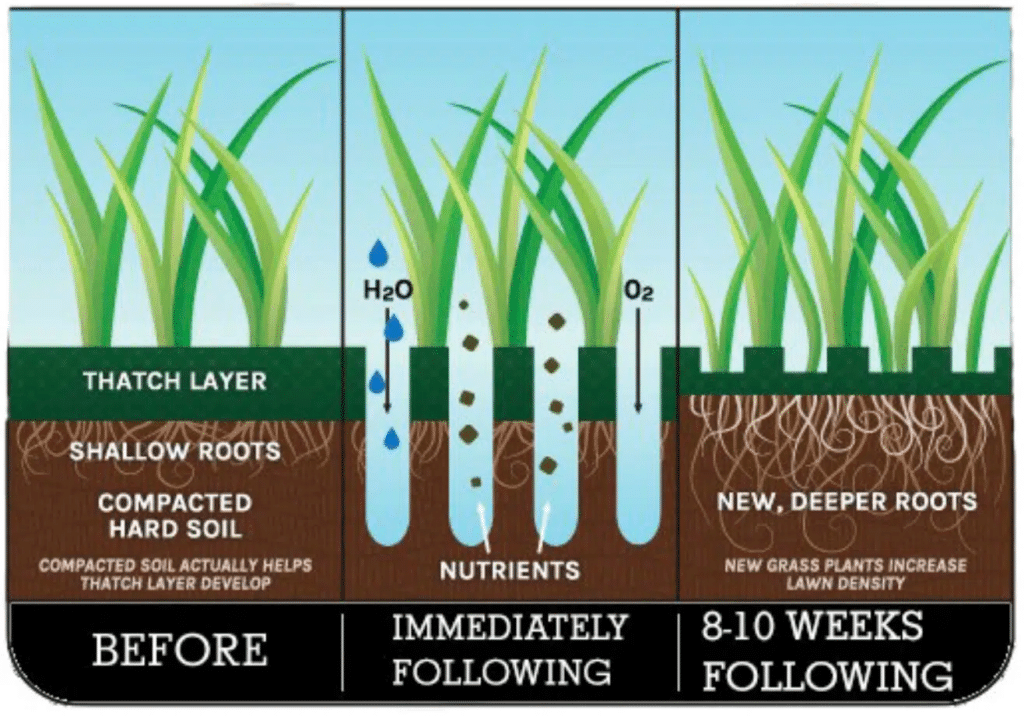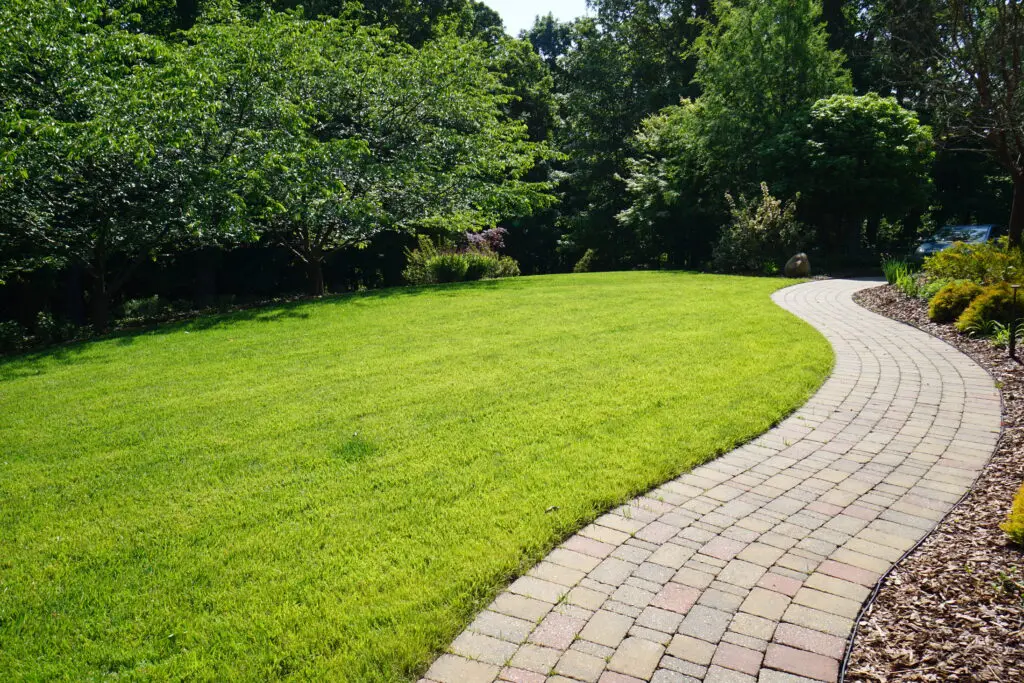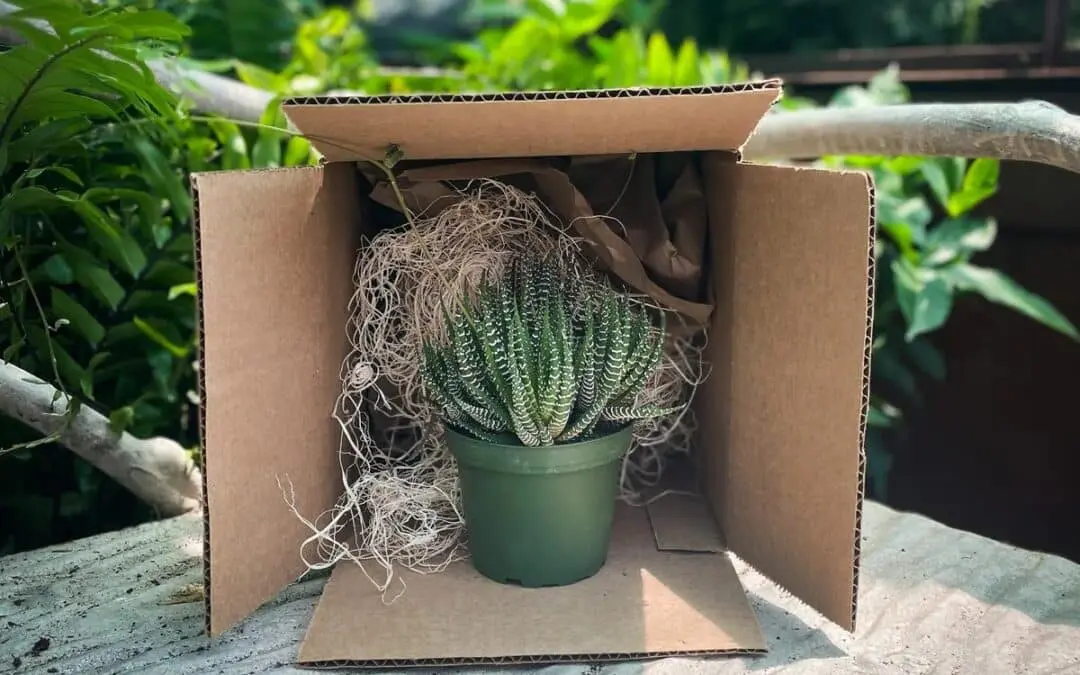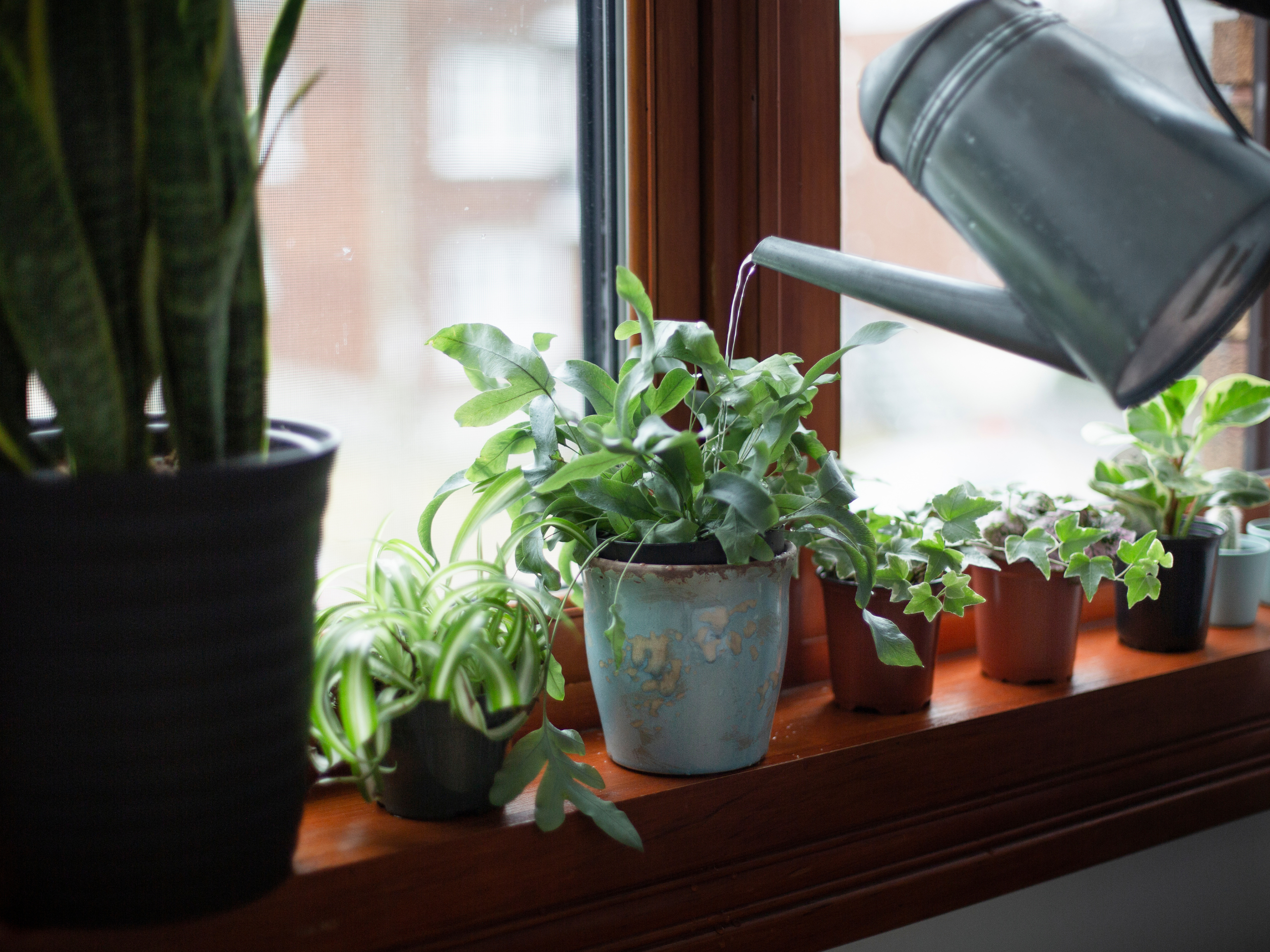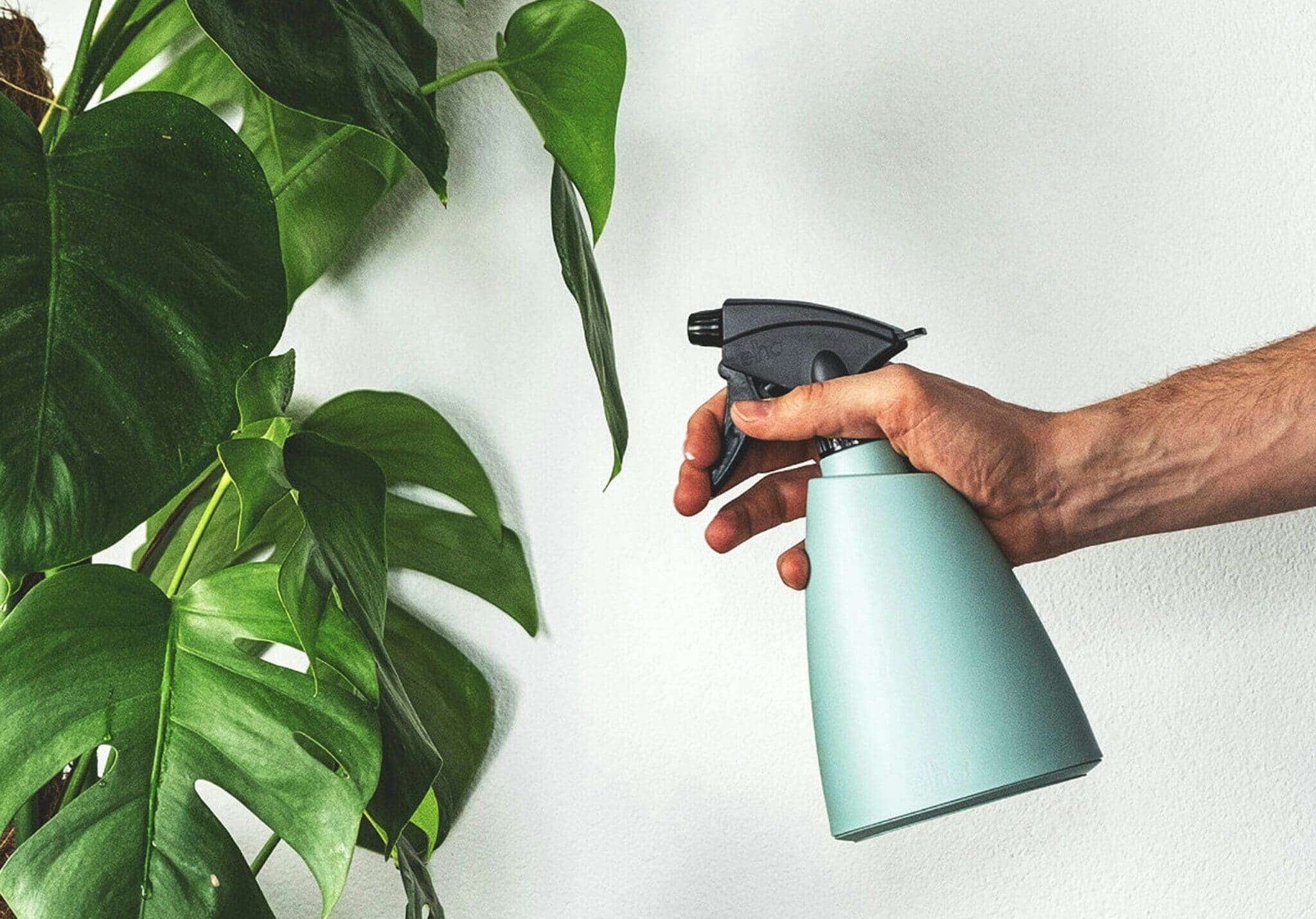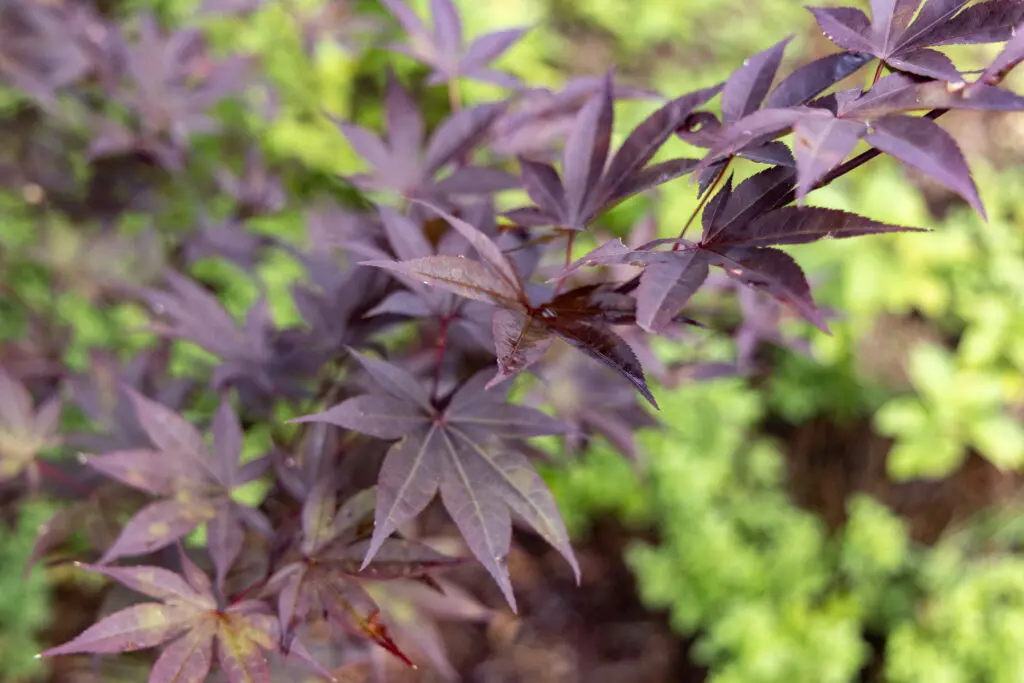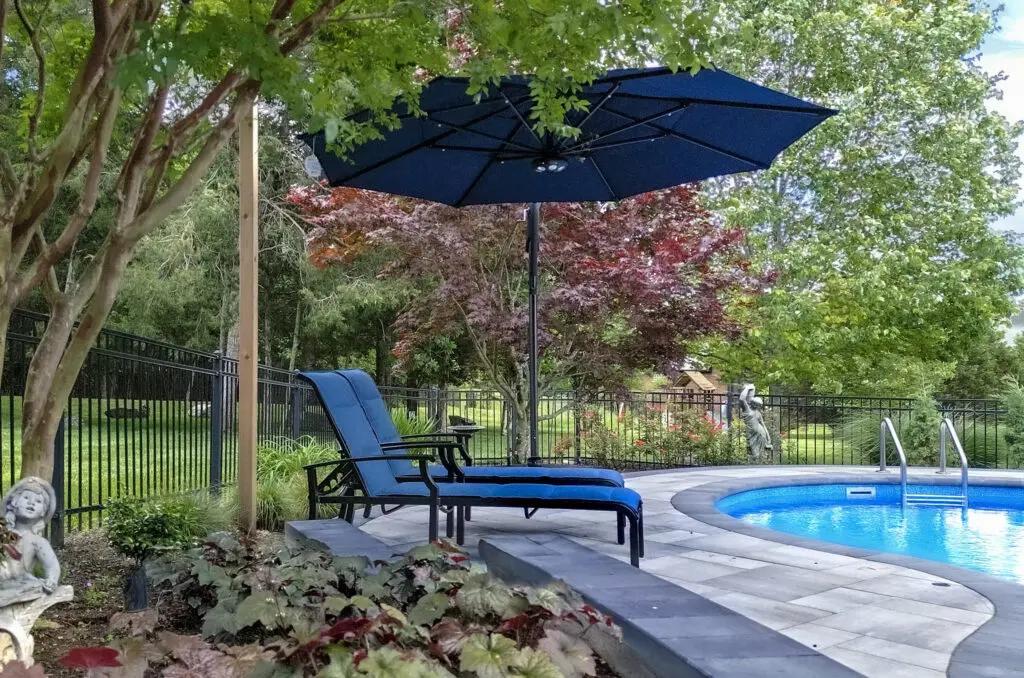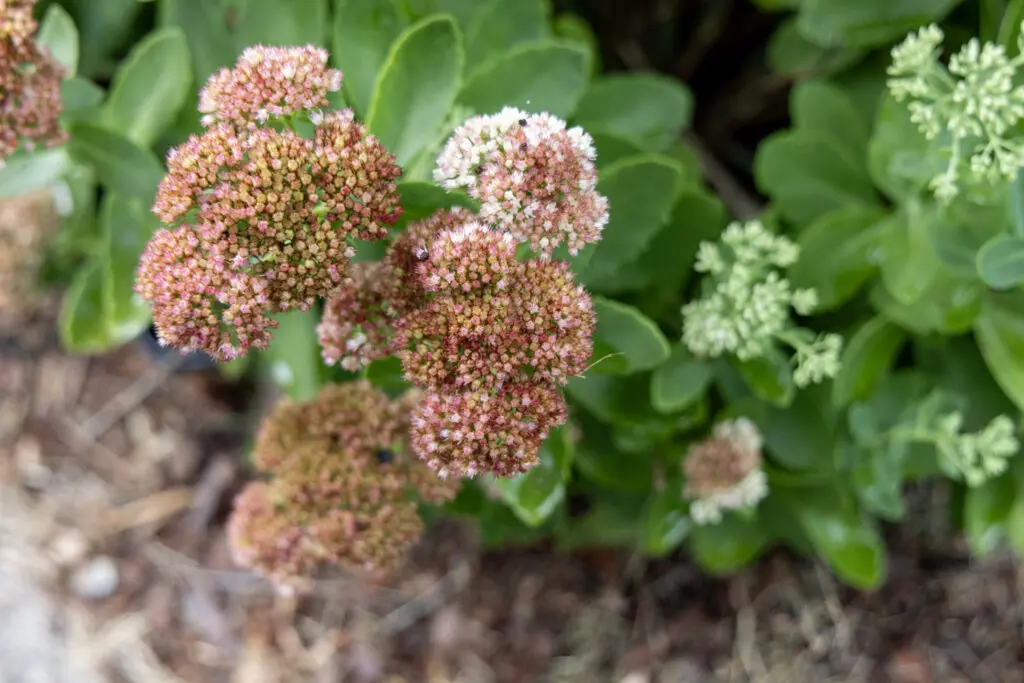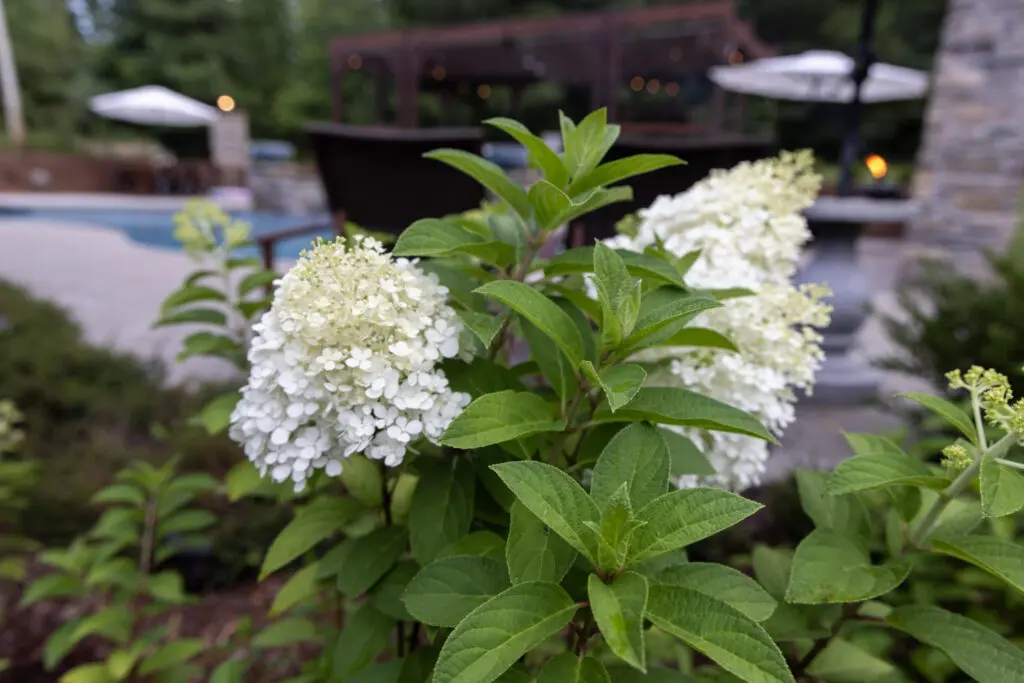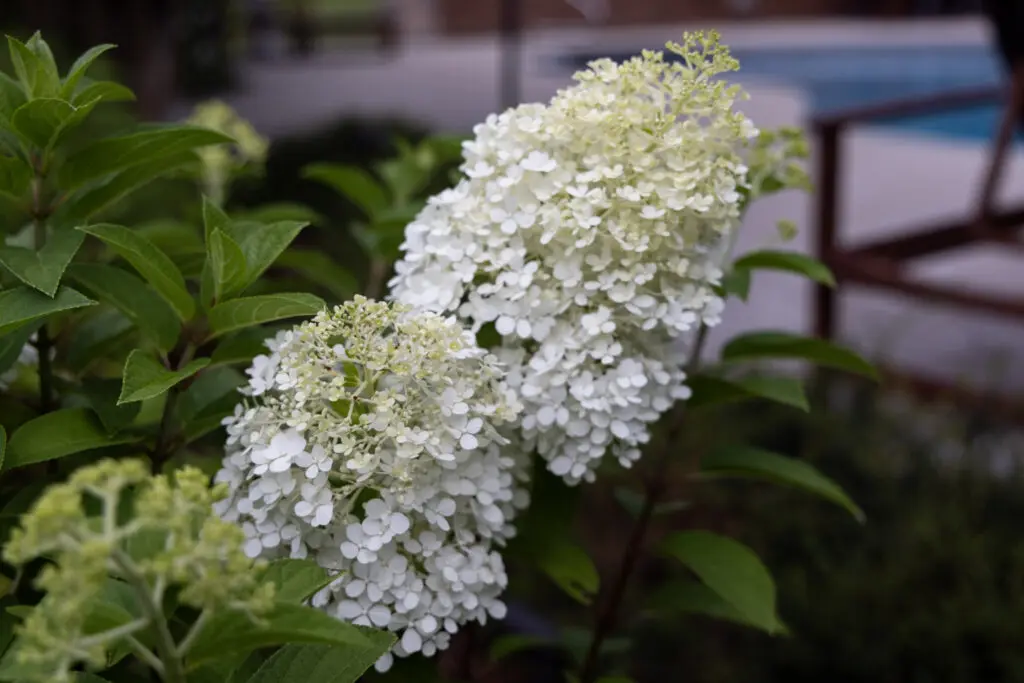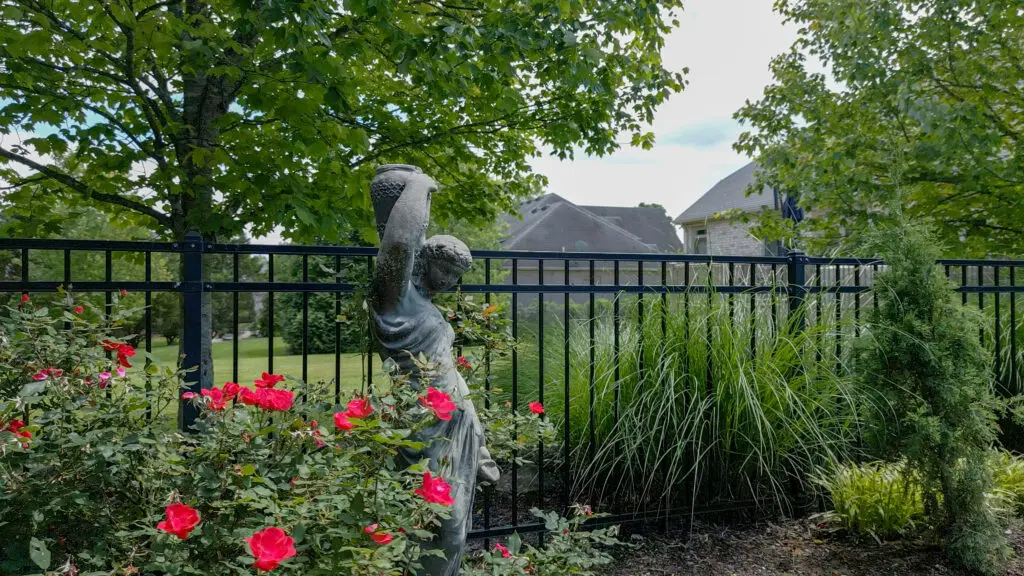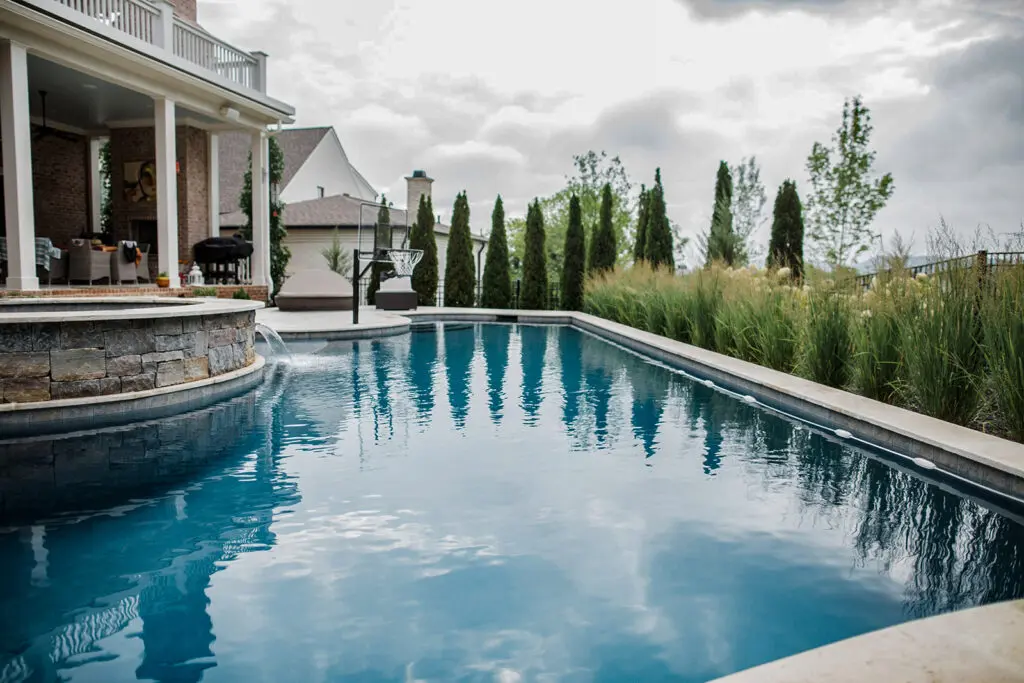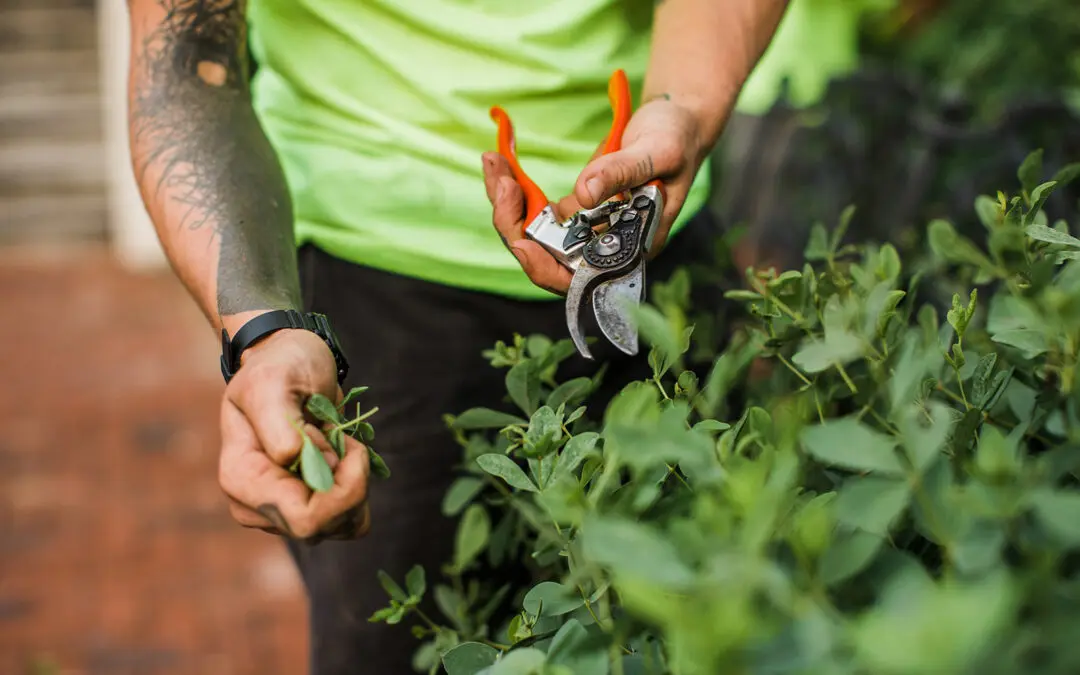
The Lawn Threat: What Are Armyworms?
by Gardens of Babylon | Aug 23, 2024
Fall is ideal for addressing potential pest issues like armyworms and grubs before they damage your lawn and garden. Add this important service by CLICKING HERE – or keep on reading to learn more!
As the summer fades and cooler weather sets in, fall becomes the ideal season for transforming your outdoor space. Whether you’re looking to create a cozy retreat for the colder months or preparing your landscape for a vibrant spring, fall installations offer the perfect opportunity to bring your vision to life. However, while you’re planning your backyard makeover, it’s important to keep in mind that your lawn, a key part of any landscape, might be under threat from a particularly destructive pest—armyworms.
The Lawn Threat: What Are Armyworms?
Armyworms are small caterpillars notorious for their ability to wreak havoc on healthy lawns. These pests feed on grass, rapidly creating brown patches that can spread across your lawn in just a few days. While armyworms primarily target lawns, their presence can indirectly affect your entire landscape by compromising the foundational health and appearance of your outdoor space.
Signs of Armyworm Infestation
To protect your lawn—and by extension, your landscape—it’s crucial to be aware of the signs of an armyworm infestation:
- Bare Patches: Sudden brown, dying spots on your lawn are a strong indicator of armyworm activity. These pests can quickly turn a lush, green lawn into a patchy, unattractive space.
- Caterpillars: You may spot the small, greenish caterpillars with distinctive stripes crawling on your grass, particularly in the early morning or late afternoon when they are most active.
- Increased Bird Activity: A noticeable increase in birds feeding on your lawn could be a sign that armyworms are present, as birds often hunt these pests.
Why Addressing Armyworms in the Fall is Essential for Lawn Health
While armyworms are primarily a threat to lawns rather than the broader landscape, a damaged lawn can detract from the overall beauty and health of your outdoor space. By addressing armyworm infestations in the fall, you can prevent these pests from causing further damage, ensuring that your lawn remains the vibrant, green foundation of your landscape design.
Contact us today to schedule your consultation and learn more about how we can help you achieve a stunning, cozy backyard that’s ready for all your autumn gatherings and beyond. Don’t let armyworms threaten your lawn—take control this fall and set the stage for a landscape that thrives.


